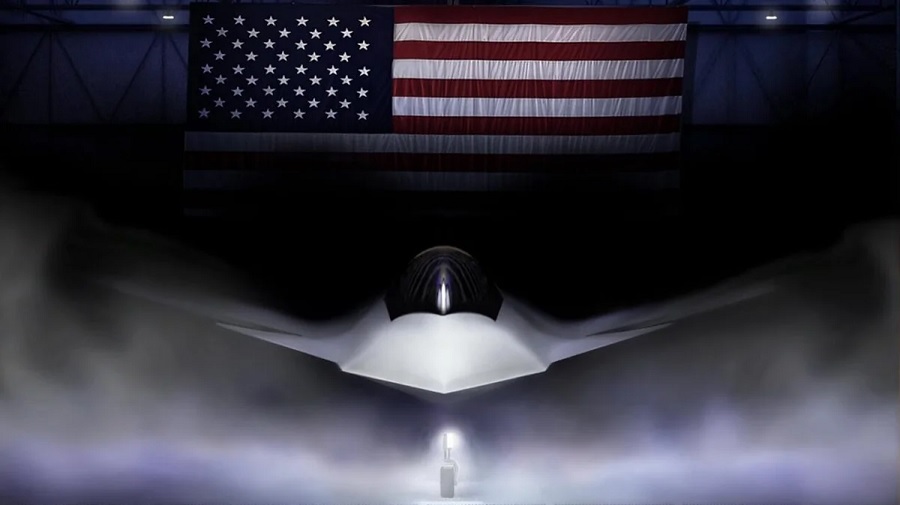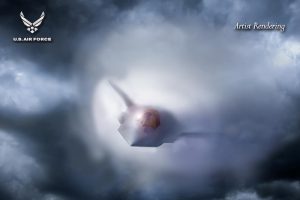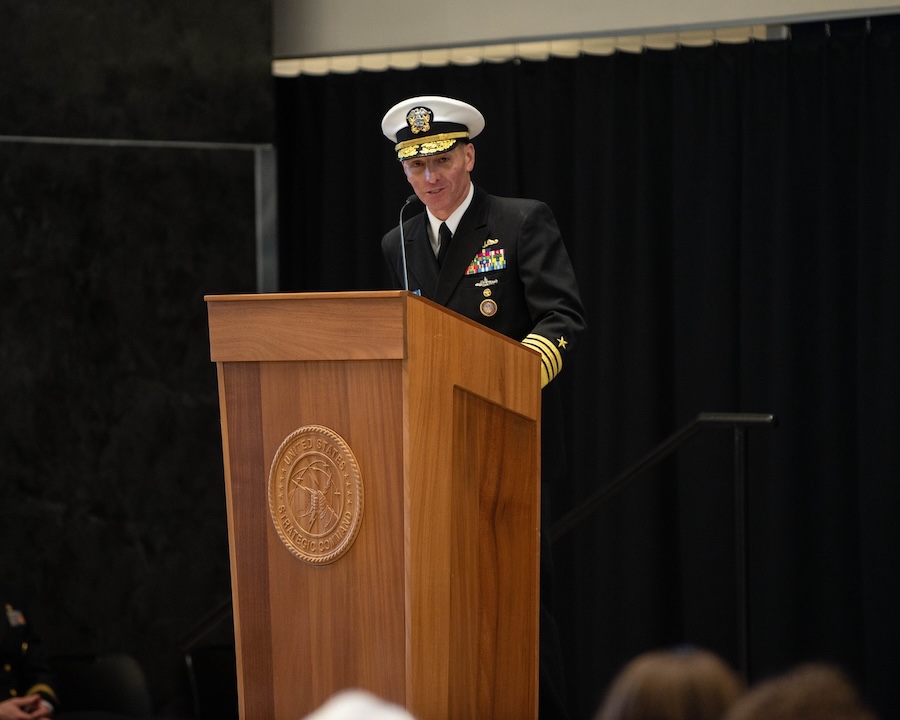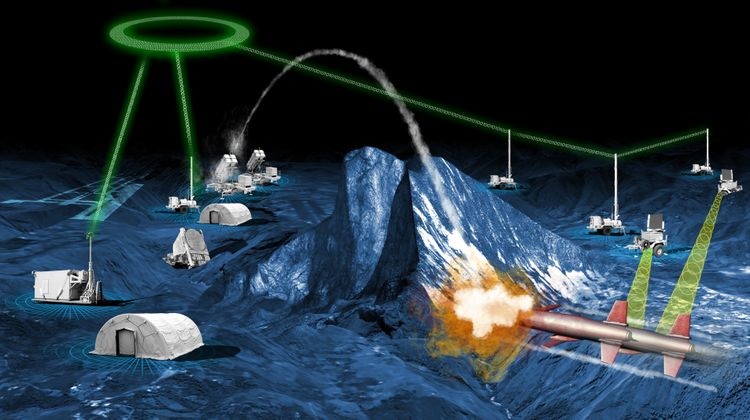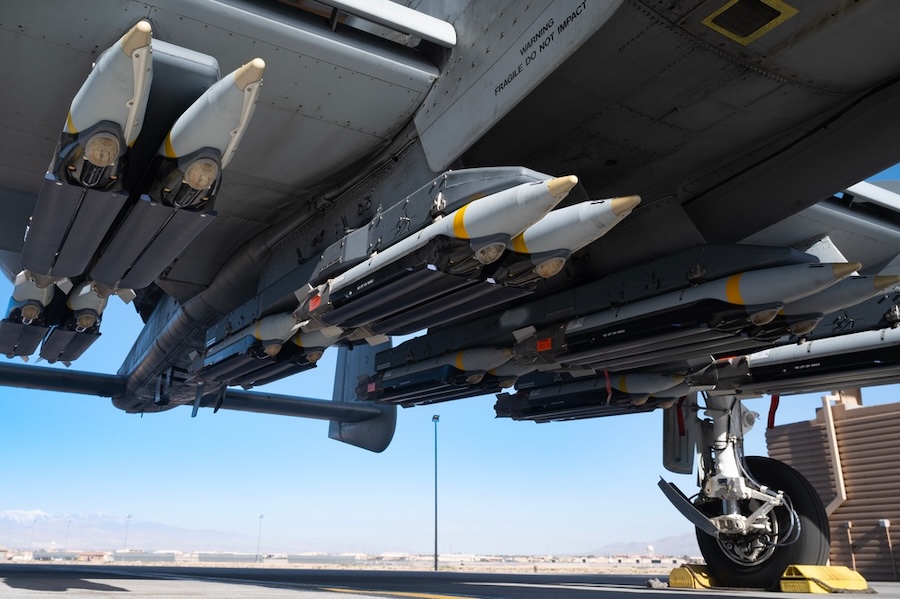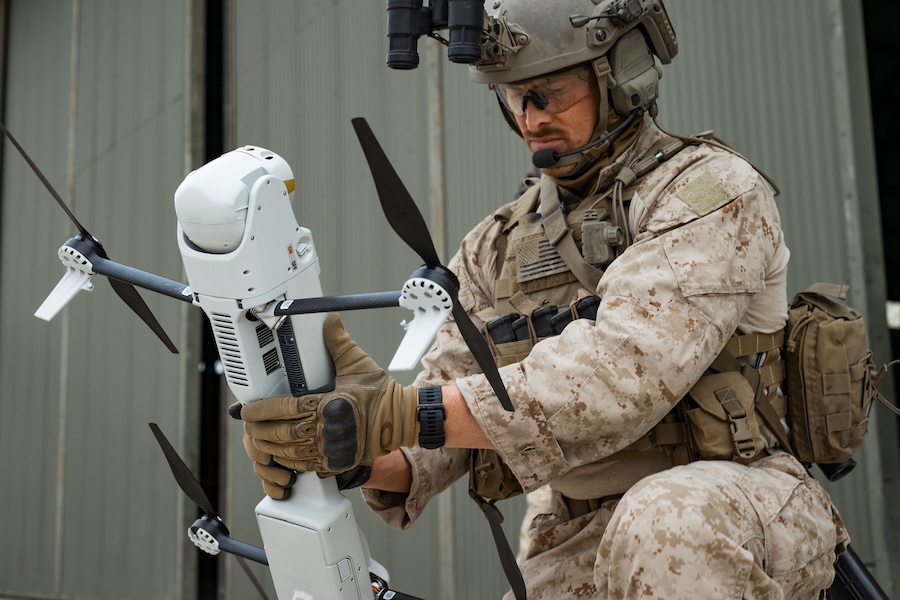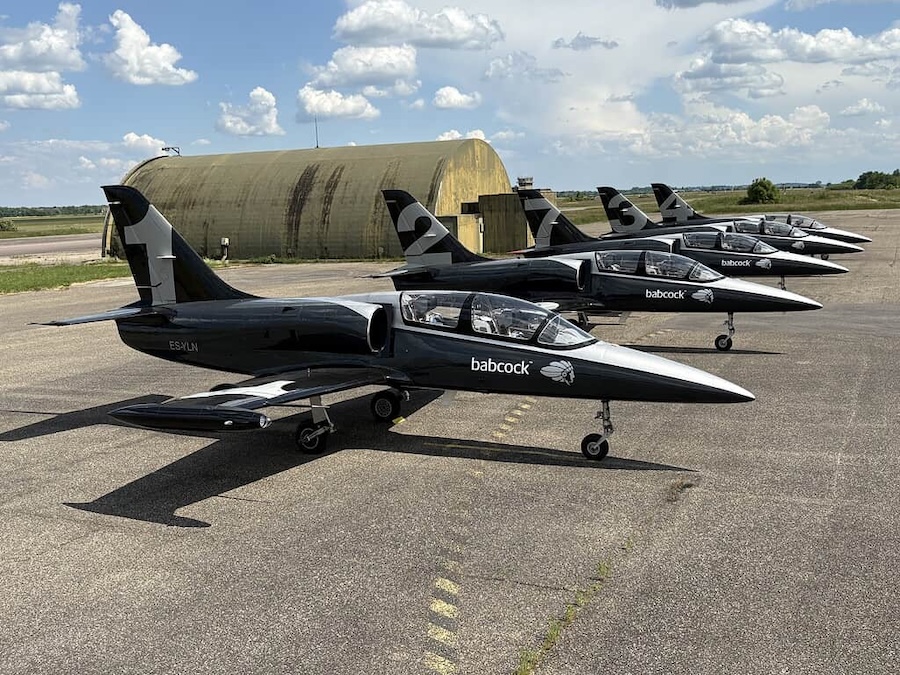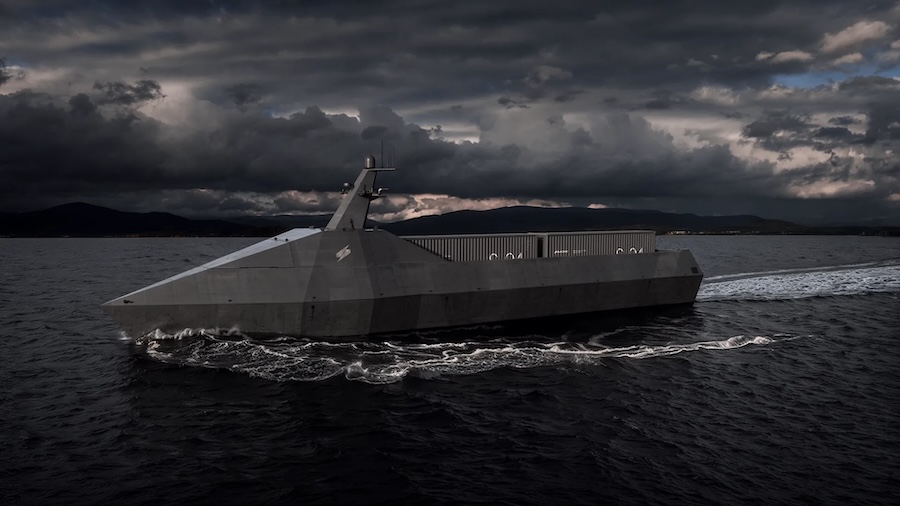This unified approach means that technological advances in one platform can benefit the others, boosting efficiency and agility. “They’re all going to be under the same mission systems architecture,” Allvin explained. “So we won’t just be upgrading one platform, we’ll be upgrading a system. … The American taxpayer will get more combat capability out of their money.”
Allvin highlighted that the Air Force’s contract with Boeing for the F-47 gives it significantly more authority than in past fighter programmes. “We have more ownership of the tech base,” he said. “We own the mission systems.”
This marks a shift from previous arrangements, such as with the F-35, where Lockheed Martin retained control over intellectual property, limiting the government’s ability to implement changes. “We’re going to be able to be more agile, and as more disruptive technology comes into play, to be able to develop more advanced systems,” Allvin noted.
Government ownership of the mission systems is also expected to enhance competition among contractors. Allvin stated this approach will allow updates to be delivered “at the speed of software, not hardware,” enabling faster and more flexible innovation.
These upgrades, he said, can be deployed not only to the F-47 but also to the Collaborative Combat Aircraft – specifically, Anduril’s YFQ-42A and General Atomics’ YFQ-44A. As Allvin told the committee, this integrated approach ensures that advancements benefit multiple aircraft, increasing overall combat effectiveness.




